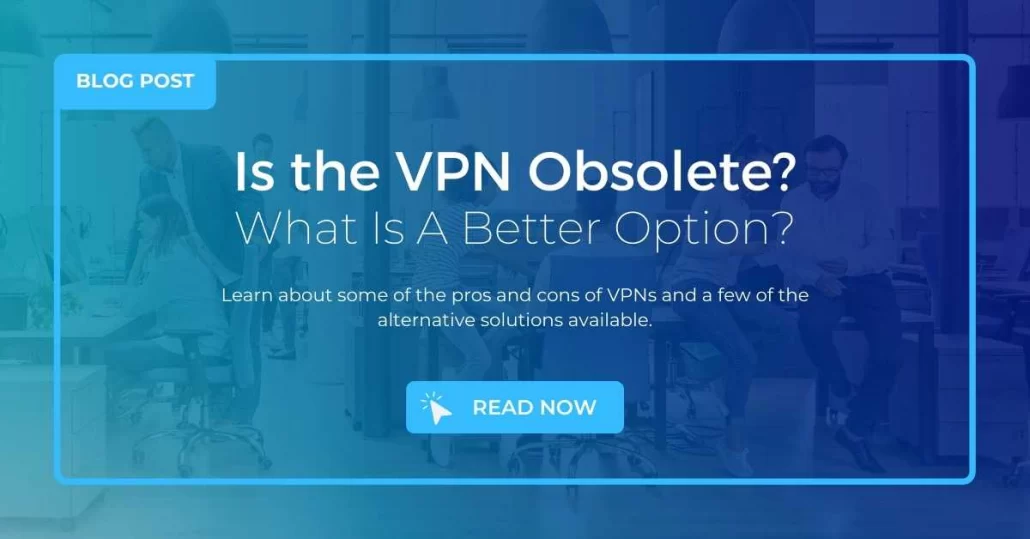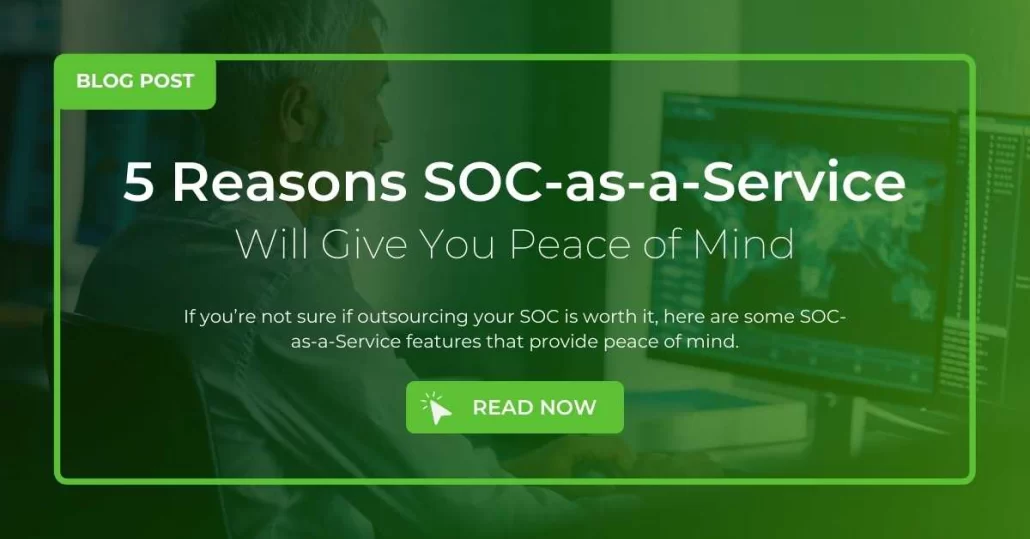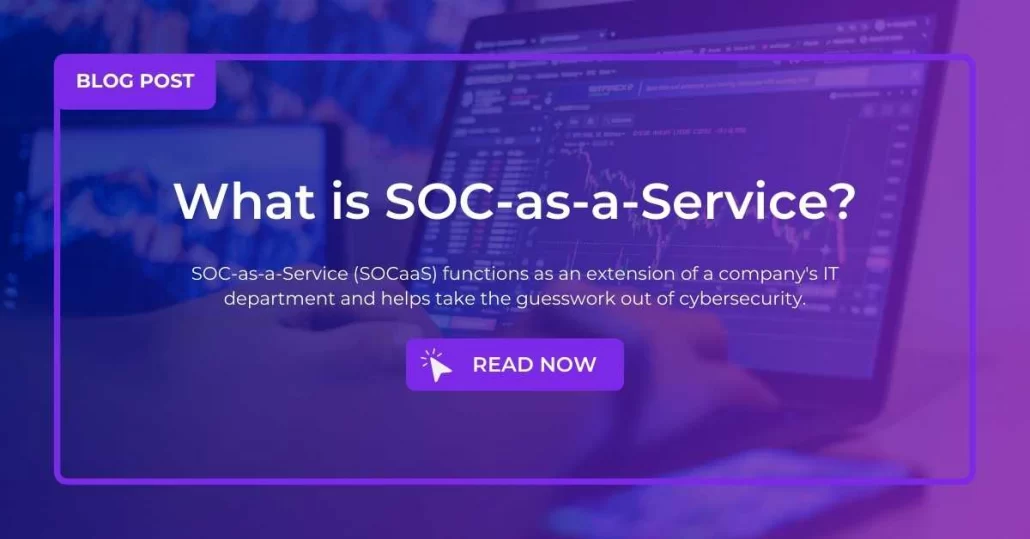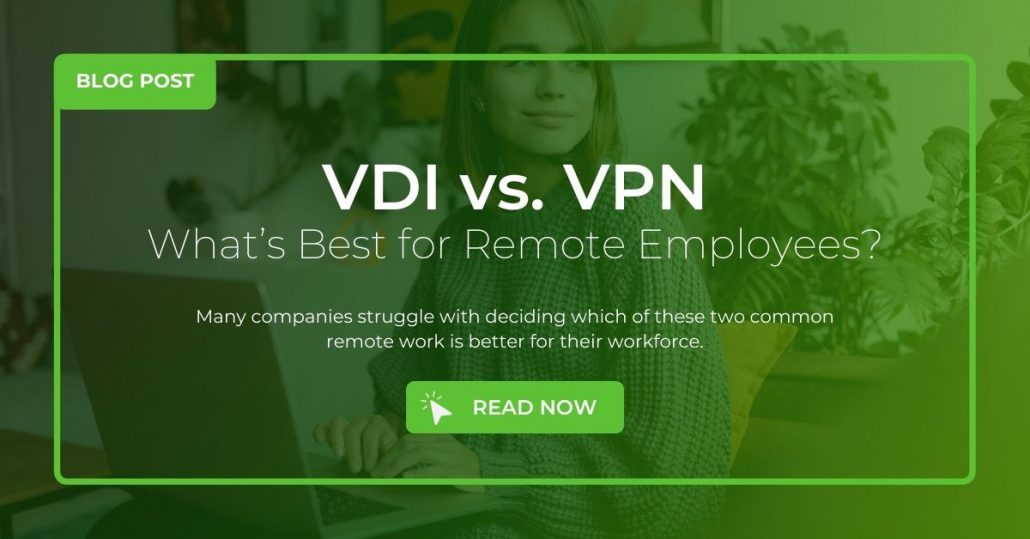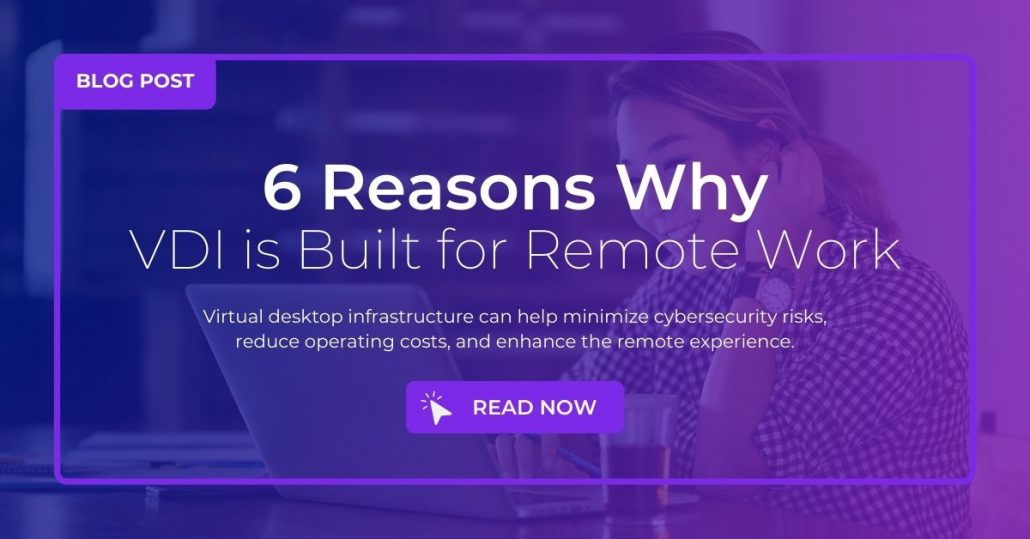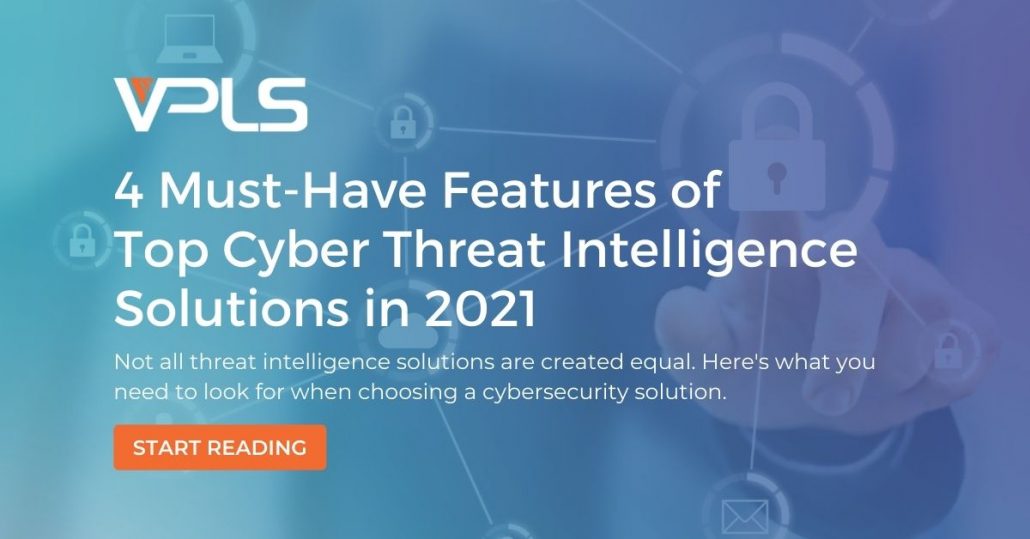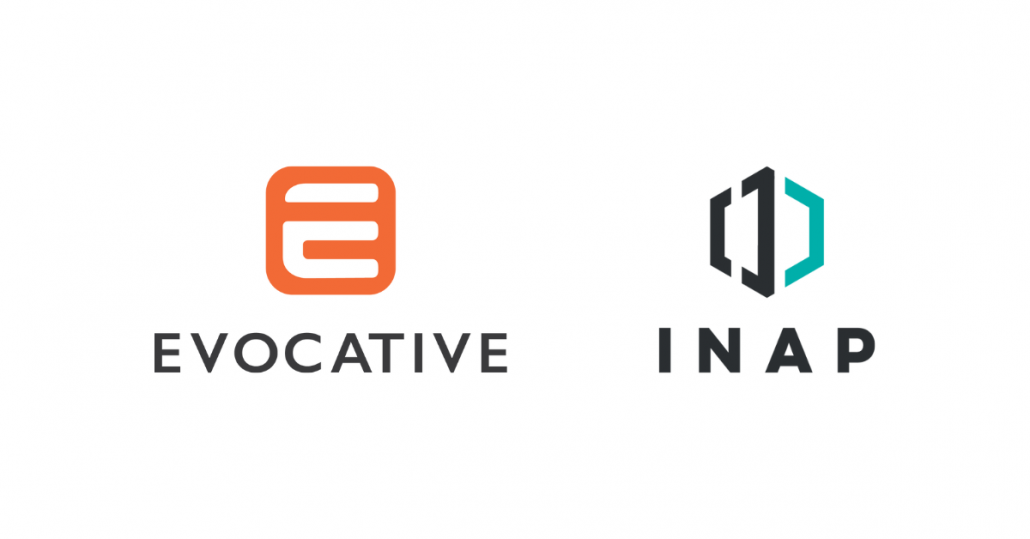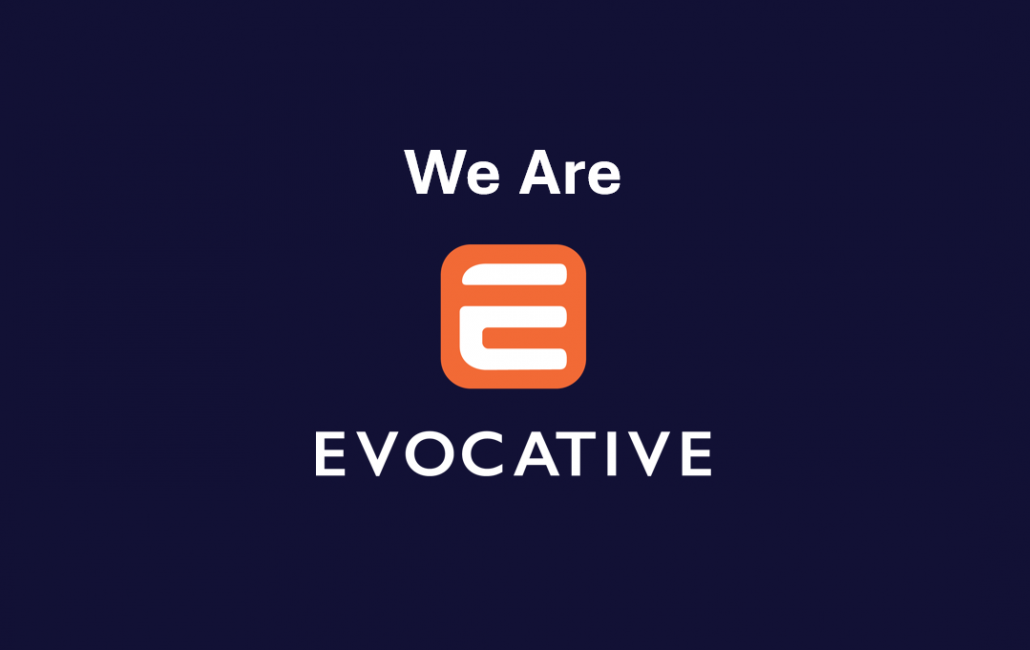What’s Better than a VPN? 3 Alternatives Explained
Published
Written by
Filed under
Since the start of the pandemic, many enterprises have embraced a decentralized model, realizing that employees can work from just about anywhere. However, remote work requires security solutions for sharing data, accessing files, and collaborating across networks. Learn about some of the pros and cons of VPNs and a few of the alternative solutions available.
What is a VPN?
A virtual private network (VPN) is a secure, private system that allows employees to access a central server through an internet connection. A VPN encrypts your data and can mask IP addresses, so the work you do and the sites you visit over the VPN are private.
Because a VPN doesn’t require a lot of infrastructure, it can be a cost-effective option for companies who need to collaborate remotely. A company may use offsite colocation services for its VPN infrastructure.
However, VPN performance can be inhibited by internet speed. With remote employees reliant on their home internet service provider (ISP), VPN functionality can vary from employee to employee. And because it’s difficult to segment a VPN, it’s vulnerable to cybercrime — once a hacker is in, they have access to everything on your network.
When VPNs first became popular, remote work was the exception to the rule, rather than the norm. VPNs are still useful, but as remote work models become increasingly ubiquitous, enterprises may want to consider alternative models for storing their data and maintaining online security.
What's Better Than a VPN?
There are many models for accommodating remote work efficiently without compromising online security. A few alternatives to the VPN include virtual desktop infrastructure (VDI), The Onion Router (Tor), and proxy servers.
VDI
VDI allows employees to access their work desktop through a network connection. VDI may be hosted onsite at an office or via cloud storage. VDI offers a flexible solution for remote work, allowing employees to collaborate on projects from any connected device. The infrastructure is easily scalable, making it easy to add or remove connected devices as company size fluctuates. Cloud-hosted VDI also allows enterprises to grow their business without incurring significant capital costs.
Is VDI better than a VPN? The two are well worth comparing. VDI serves many businesses well and offers a host of benefits. However, this choice depends on the unique needs of the business and the quality of its endpoint protection.
Tor: The Onion Router
The Onion Router, commonly known as Tor, was first developed in the 1990s at the United States Naval Research Laboratory. The Tor Project is now a nonprofit organization that provides Tor as a free and open-source software for anonymously accessing the internet.
Tor uses thousands of volunteer computers that send and receive internet signals without retaining records, so traffic cannot be traced back to a particular person or computer. Thus, it can offer even better privacy safeguards than a VPN. Unlike a VPN, where a central authority controls and manages the network access, Tor is decentralized — there is no single owner or manager.
Is Tor better than a VPN?
It depends on how you use the web. If your enterprise needs to access websites anonymously or establish untraceable communication (such as when a journalist needs to safely contact a source), Tor can be a useful option.
A Proxy Server
A third alternative to a VPN is a proxy server. A proxy server acts as an intermediary between an end user’s computer and the internet, so any time you visit a website or share a file, you connect through the proxy rather than directly to the host server. This allows you to hide your IP address, as the website you’re visiting only sees the IP address of the proxy server. However, unlike a VPN, a proxy server will not encrypt your data.
Is proxy better than a VPN? Without the added security of data encryption, it may not be the best choice. However, there are free proxy servers available, so if you’re a small company that’s just starting out, a proxy may be a useful interim solution.
Learn More from VPLS
All of these options have different advantages, so it really depends on what your enterprise needs and how you utilize the internet. If you’re thinking about moving away from a traditional remote access VPN but aren’t sure where to start, the team at VPLS is here to help.
To learn more about our managed services for network security, cloud infrastructure, and other solutions, contact us today.
Read More from this Author
If you enjoyed this article, you'll probably like:

